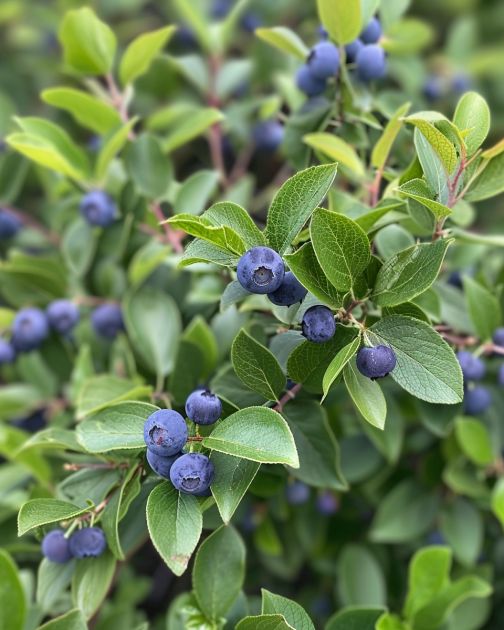1. Choose the Right Location
Blueberry bushes require a location that receives full sunlight for most of the day. Select a well-drained site with sandy or loamy soil that has an acidic pH level between 4.5 and 5.
5. Ensure the area is free from standing water to prevent root rot.
2. Test Soil pH
Before planting, test the soil pH. Blueberries thrive in acidic soil, so if your soil is too alkaline, amend it with sulfur or another acidifier to achieve the desired pH level. Regularly check the pH annually to maintain the right acidity.
3. Planting
Plant your blueberry bushes in early spring or fall. Dig a hole twice as wide and just as deep as the root ball. Space the bushes 4-5 feet apart to allow room for growth. After placing the plant in the hole, backfill with the original soil mixed with organic compost.
4. Mulch Properly
Apply a 2-4 inch layer of pine bark, sawdust, or pine needles around the base of the plant. Mulch helps retain moisture, maintain soil temperature, and suppress weeds, thus promoting healthy growth.
5. Watering Practices
Blueberries have shallow root systems and require consistent moisture. Water the plants deeply once a week, providing 1 to 2 inches of water. During dry periods, increase watering frequency to prevent the soil from drying out completely.
6. Fertilize Appropriately
Use a specially formulated fertilizer for acid-loving plants. Apply fertilizer in early spring before new growth appears, and again in late spring. Avoid over-fertilizing as it can harm the plant roots.
7. Prune Regularly
Prune your blueberry bushes during their dormant season, usually late winter. Remove any dead, damaged, or weak branches, and thin out old wood to improve air circulation and light penetration. This encourages the growth of vigorous new shoots.
8. Protect from Pests and Diseases
Blueberry bushes are susceptible to various pests and diseases like birds, aphids, and fungal infections. Use netting to protect the fruits from birds, and apply organic pesticides or fungicides as needed. Regularly inspect the bushes for early signs of trouble and address issues promptly.
By following these steps, you’ll be well on your way to growing strong, productive blueberry bushes that will provide delicious fruits for years to come.
